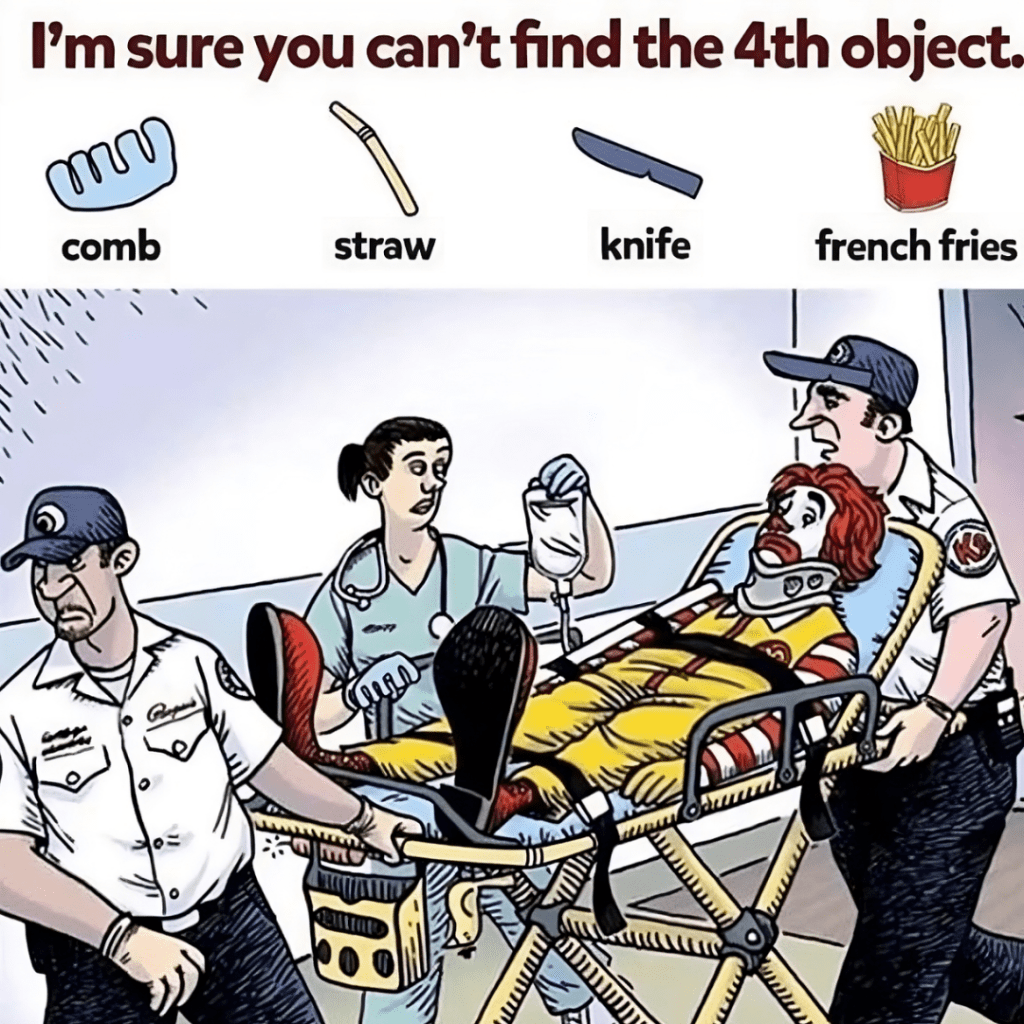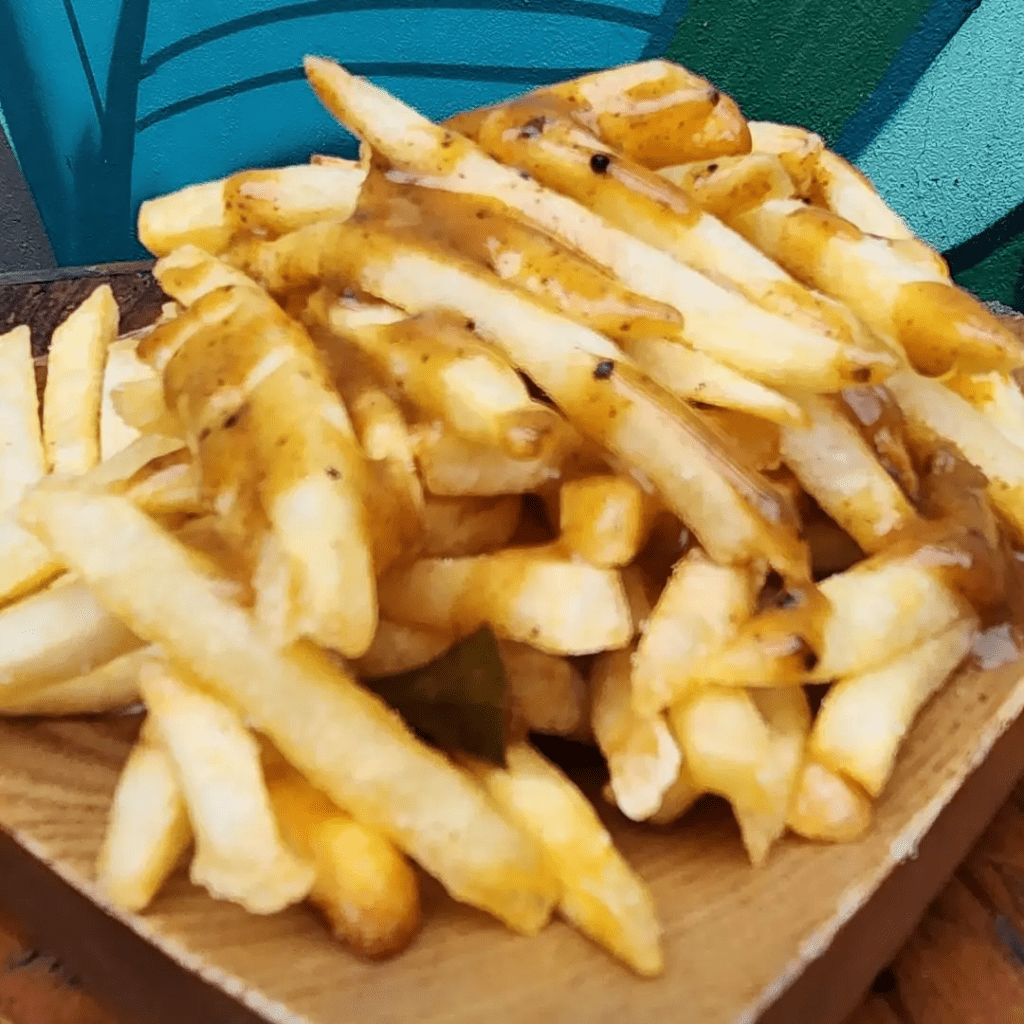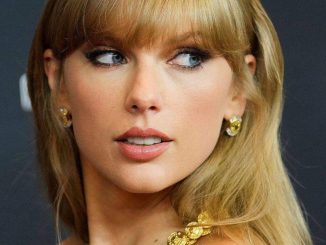Have you ever come across a picture puzzle that left you scratching your head? This one is deceptively simple, challenging you to find four specific objects: a comb, a straw, a knife, and…french fries? It sounds straightforward enough, but don’t be fooled! This puzzle requires sharp observation skills and a touch of creative thinking. Let’s break down the search and find out if you can uncover all four objects—especially the elusive fourth one!

Common Mistakes: Why We Miss the Small Details
When tackling visual puzzles like this, it’s easy to overlook hidden objects. Here’s why these details often escape us:
- Expecting Conventional Placement: We tend to assume objects like a comb or a straw will be in obvious spots, such as on a table or in someone’s hand.
- Overlooking Small Details: Tiny elements may seem insignificant at first glance, but they’re often key to solving the puzzle.
- Getting Distracted by the Obvious: Bright colors or familiar characters can divert our focus from finding the hidden objects.
With these pitfalls in mind, let’s go through each item step-by-step.
Step-by-Step Guide to Finding Each Object
1. The Comb
Start by examining the nurse’s left hand closely. She’s holding a comb, but it’s easy to miss due to its color and placement. The comb blends naturally with the background, almost looking like part of her uniform. Look carefully, and you’ll see it nestled subtly in her grip, marking off the first item on the list.
2. The Straw
The straw is trickier to find because it’s not where you’d expect. Instead of being near a drink, it’s cleverly attached to the IV bag the nurse is holding. At first glance, it might look like part of the medical equipment. However, if you zoom in, you’ll notice the thin straw sticking out from the bag—a brilliant placement that reveals the second item.
3. The Knife
This one’s a challenge. The knife isn’t in someone’s hand or lying around—it’s hidden in the hat. Look carefully, and you’ll spot a small knife tucked into the man’s hat, almost as if it’s an accessory. It’s easy to miss at first, but with some patience, you’ll recognize it as the third item.
4. The French Fries (Or Are They?)
Here’s where it gets tricky: after spotting the first three objects, you’d assume french fries should be easy to find, right? However, there’s a twist—there are no french fries in the image at all. This puzzle cleverly plays on our expectations, leading us to search endlessly for something that isn’t there. This final hidden element, the absence of the object, is the puzzle’s trickiest aspect and teaches us an important lesson in looking beyond what we expect.
Why the Absence of an Object Makes the Puzzle So Difficult
We’re naturally wired to look for what’s present, not what’s missing. This puzzle uses that expectation against us, hiding the final answer in the form of an absent object. By tricking us into searching for something that doesn’t exist, the puzzle encourages us to question our assumptions and see things differently. It’s a clever twist that challenges our perception and forces us to think outside the box.

Share Your Experience!
Did you manage to spot all four objects? If so, congratulations! This puzzle requires a keen eye and some creative thinking. If you needed a little help, don’t worry—many people do. Share your thoughts in the comments: which item did you find the hardest, and did the missing fries catch you off guard? Invite friends and family to give it a try and see how they fare. It’s a great way to test observation skills and spark some fun competition!
Conclusion: How Puzzles Sharpen Your Mind
Puzzles like this do more than entertain—they enhance our ability to observe, analyze, and think critically. By training us to pay attention to detail and question our assumptions, puzzles help improve focus and sharpen problem-solving skills.
So, the next time you face a tricky riddle or visual puzzle, remember this one and stay open to the possibility that sometimes, the answer lies in what isn’t there. Happy puzzling, and keep challenging yourself with more mind-bending puzzles to keep your skills sharp!


